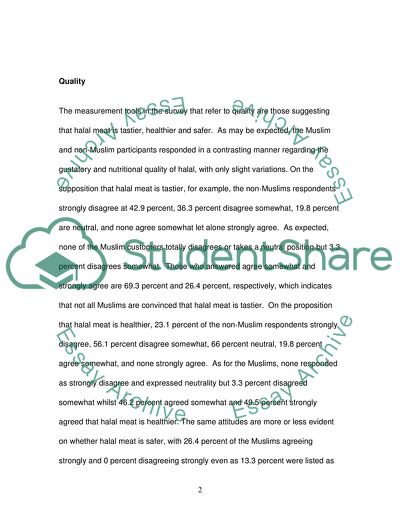Cite this document
(The Influencing Factors in Consumer Behaviour Assignment, n.d.)
The Influencing Factors in Consumer Behaviour Assignment. Retrieved from https://studentshare.org/marketing/1715893-discution-consumer-behaviour
The Influencing Factors in Consumer Behaviour Assignment. Retrieved from https://studentshare.org/marketing/1715893-discution-consumer-behaviour
(The Influencing Factors in Consumer Behaviour Assignment)
The Influencing Factors in Consumer Behaviour Assignment. https://studentshare.org/marketing/1715893-discution-consumer-behaviour.
The Influencing Factors in Consumer Behaviour Assignment. https://studentshare.org/marketing/1715893-discution-consumer-behaviour.
“The Influencing Factors in Consumer Behaviour Assignment”. https://studentshare.org/marketing/1715893-discution-consumer-behaviour.


